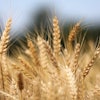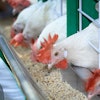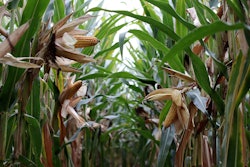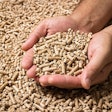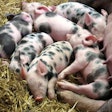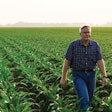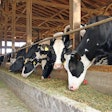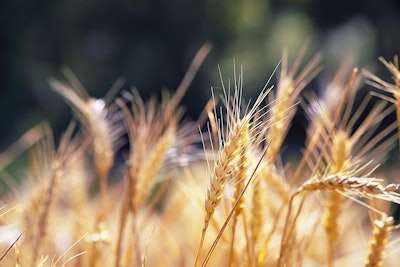
破土动工仪式在8月初举行for a new plant sciences building that will house scientists from theU.S. Department of Agriculture’sAgricultural Research Service(ARS) andWashington State University(WSU).
The new building will be located on the campus of WSU. Research conducted at the new facility will focus on improving the health, sustainability and profitability of dryland and irrigated agriculture in the Pacific Northwest. The collaboration between WSU and ARS began in 1931 and is one of the nation's most robust federal-state partnerships.
“Robust and innovative agricultural research is a requisite to confronting many of the challenges we are facing, from feeding a growing world population and improving farming practices, to tackling the effects of a changing climate,” said Agriculture SecretaryTom Vilsack. “The collaboration between USDA and Washington State University we celebrate today opens a new era in a long research partnership and pushes the boundaries of what is possible for agriculture through a commitment to ensuring our farmers are equipped with world-class research that leads to real-world, practical solutions.”
Four ARS research units will be housed in the new building — Wheat Health, Genetics, and Quality; Grain Legume Genetics and Physiology; Northwest Sustainable Agroecosystems; and Plant Germplasm Introduction and Testing. In addition, members of the WSU departments of plant pathology, crop, soil sciences and horticulture will share lab and office space with federal researchers.
Working on behalf of ARS, the U.S. Army Corps of Engineers Interagency and International Services program is providing the planning, environmental, contracting, design and construction contract oversight for this project.
The new building will house approximately 15 ARS scientists and 15 WSU scientists. The collaborative research benefits growers, commodity groups, agricultural businesses and the public, which depend heavily on this partnership to solve agricultural and environmental problems.
“The groundbreaking of the new USDA-WSU building reflects USDA's commitment to innovative research and cutting-edge solutions that make our farmers more productive, profitable, and resilient,” said USDA Chief Scientist and Under Secretary for Research, Education and Economics Dr. Chavonda Jacobs-Young. “It also underscores the importance of our partnerships with Land-grant Universities and USDA's commitment that the best and brightest agriculture scientists and researchers are working in state-of-the-art facilities equipped with the tools they need to take on the world's greatest agricultural challenges.”


